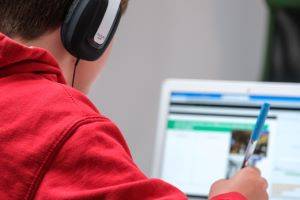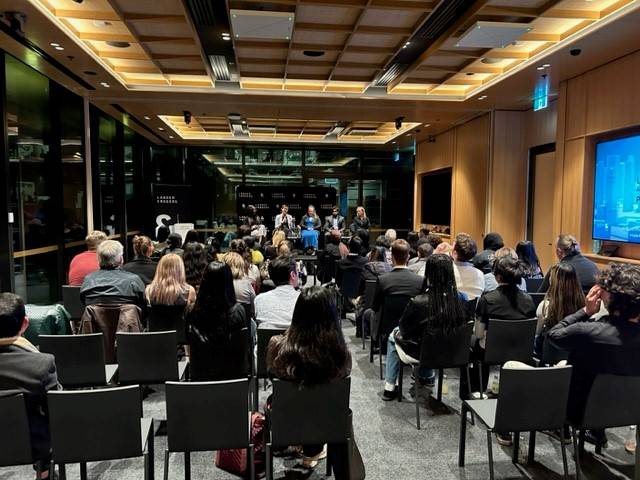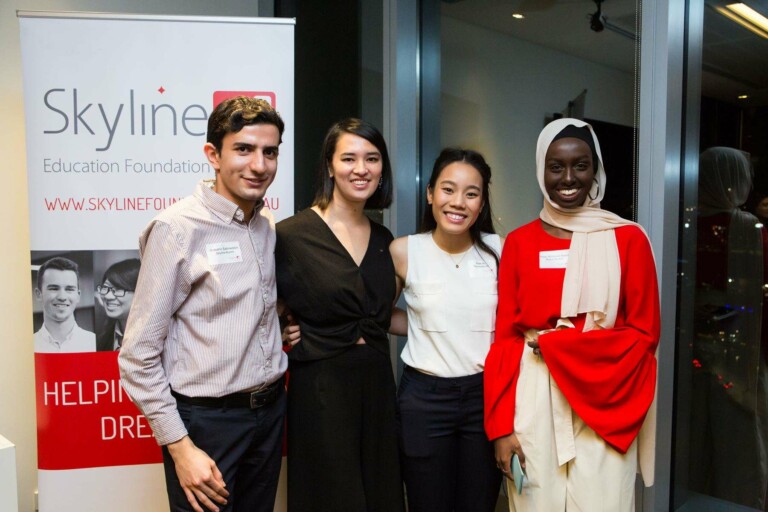What impact has remote learning had on Skyline Students?
– David Parncutt, Skyline Program Manager
Just as the pandemic has impacted industries, businesses and employees differently, remote learning – and the numerous shifts in and out of lockdown – have impacted students differently. In my role as Program Manager at Skyline, I work with 60 students and over a dozen schools across Victoria and it has been interesting to see how different students have responded to the changes thrown up by the pandemic. Through my conversations with students, which have mainly taken place over Zoom over the last 18 months, I would identify that there have been three broad groups that students have found themselves in.
The first group is the minority of Skyline students who have preferred remote learning. Throughout remote learning, most schools have reduced “class time”, replacing classes with shortened video calls and providing students with more time to work on tasks anonymously. This has suited particular students who have reported enjoying the greater autonomy to prioritise tasks, the lack of a commute, and the time, space and quiet to work on their own.
The second group, which is the largest, are those who have found remote learning to be a frustrating, but manageable, nuisance. These students say that they miss the camaraderie of school and learning from their peers and the ease of access to teachers to ask questions and to clarify concepts, tasks or feedback. A number of these students have also been upset about missing out on co-curricular activities such as camps, sport or music. Students in both of these two groups have had to deal with garden-variety tech issues related to their remote learning (occasional internet outages) which have frustrated them but largely have been able to engage in remote learning without too much trouble.
The final group, which is around 20% of Skyline students, have really struggled in lockdown in ways which has significantly impacted on their wellbeing and their ability to learn. While each student’s situation is unique, there are a number of common elements that I have noticed in this group. Here are the four most common issues:
- Lack of a study space
The most common issue for this group is lacking a space in their home that is private and quiet. A number of students I have spoken to have reported studying at the kitchen table or sharing a desk with siblings. Others have said that they don’t have room for a desk and study on their bed. Many of our students live with step-siblings, grandparents or cousins, and some have very young siblings. In such environments, it is hard for our students to be able to study for long periods without interruption.
- Increased domestic responsibilities
While many parents have had to juggle their professional responsibilities with helping their young children learn remotely, for some of our students, this burden falls to them. In households where the parent(s) have continued to work on-site and the younger siblings have been too old for childcare, our students have been expected to help their siblings access classes and keep them on task.
- Technology issues
Certainly, the most obvious impact of the pandemic on schooling has been to reveal the “digital divide”, which has continued to have consequences in 2021. At Skyline, we have been proactive in providing numerous students with their own laptops as well as paying for mobile data. Despite this, a few students have continued to struggle with poor internet connections, especially when sharing the connection with other family members who are working or studying from home.
- Losing the protective factors of school
For some of our students, school is a sanctuary from issues at home. While I don’t wish to list them all here, these issues can be between the student and siblings, parents or guardians, or between other members of the family. Positive relationships with peers and teachers can create an environment in which these students feel safe and are able to focus on learning. During remote learning, these students have significantly struggled, and it is possible for such students to become isolated.
All of these issues are both barriers to learning for our students as well as potentially having negative impacts on wellbeing and students can be dealing with any combination of the four. Additionally, some students seem to be suffering from a cumulative impact of the moves in and out of remote learning and, for those students, the impacts have been felt more severely in each successive lockdown.
In such situations, Skyline has a valuable role to play, both in rectifying the issues and in supporting the wellbeing of the student. In previous months, my colleague Nancy Polykandritis has explained Skyline’s significant efforts to provide students with the tools they need to thrive during remote learning, while Elizabeth Hartnell-Young has outlined Skyline’s role as a “significant other”. These two articles sum up the holistic approach of Skyline as we offer both material and wellbeing assistance to our students. I am proud of the support we have provided students throughout remote learning and am grateful to the Skyline family for making our work possible.







